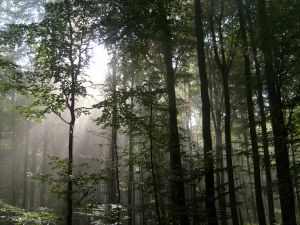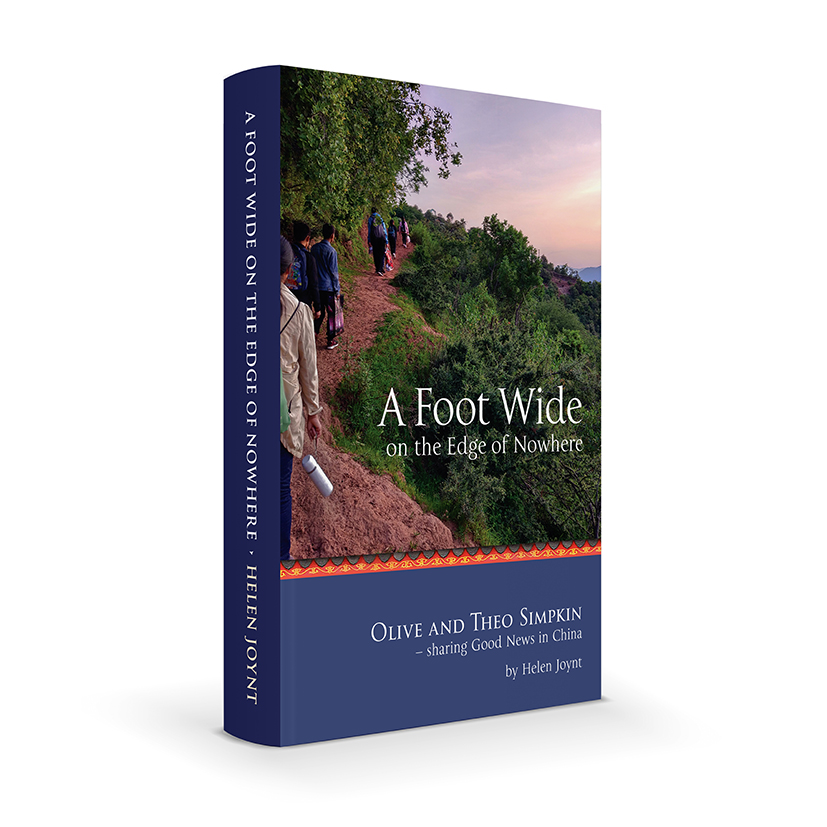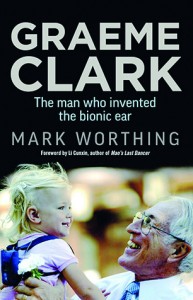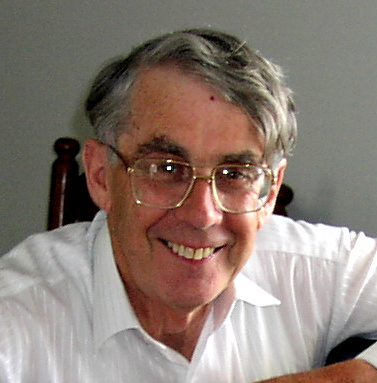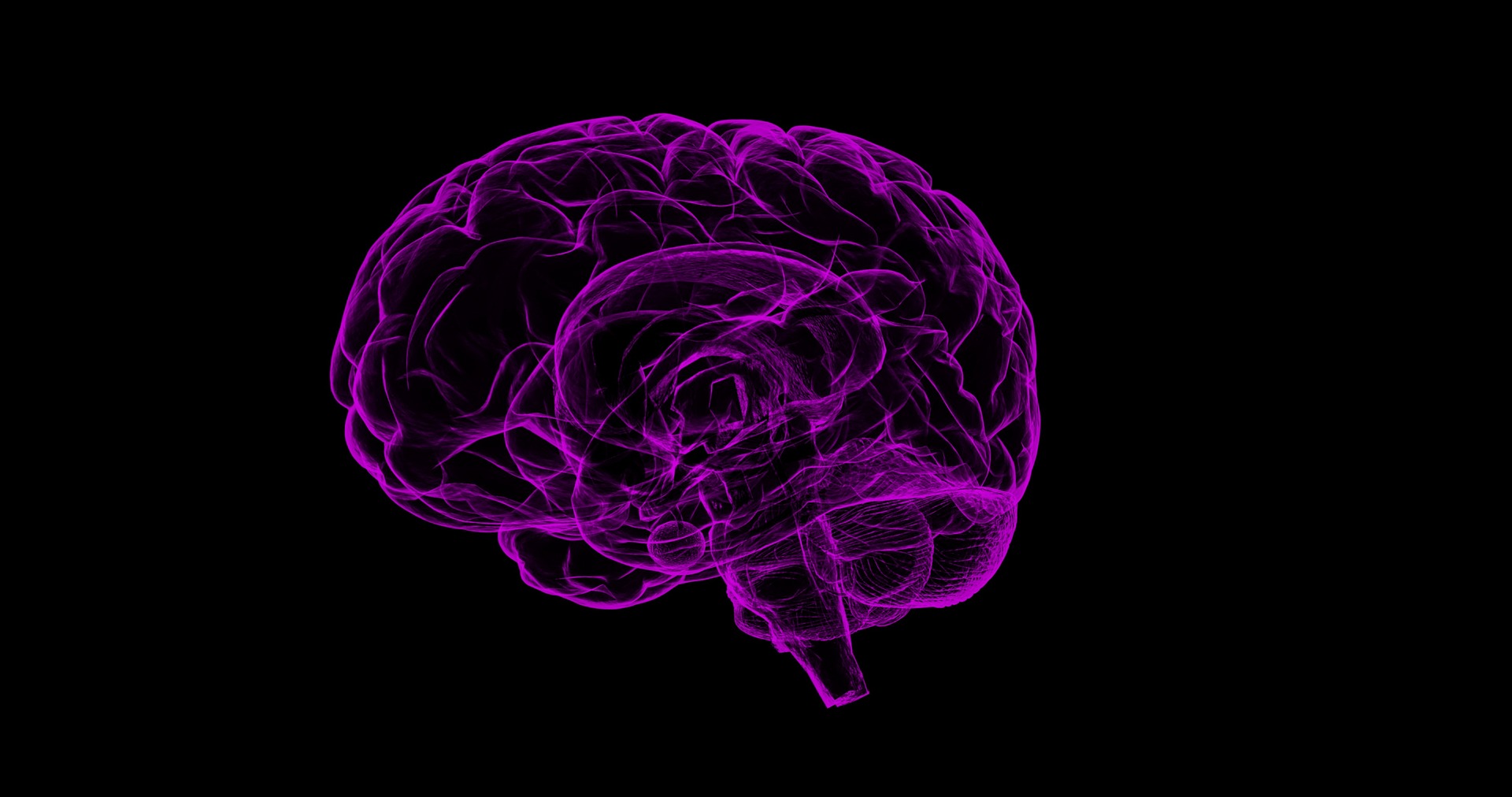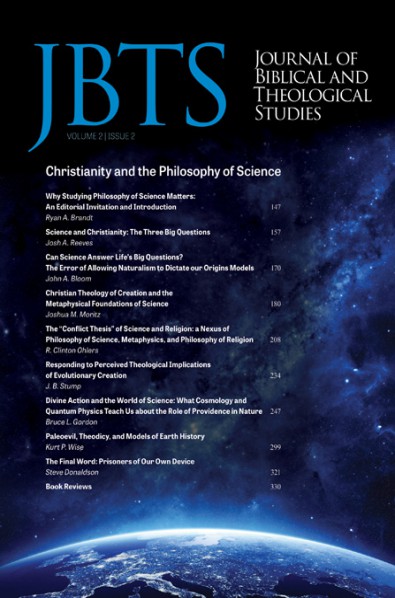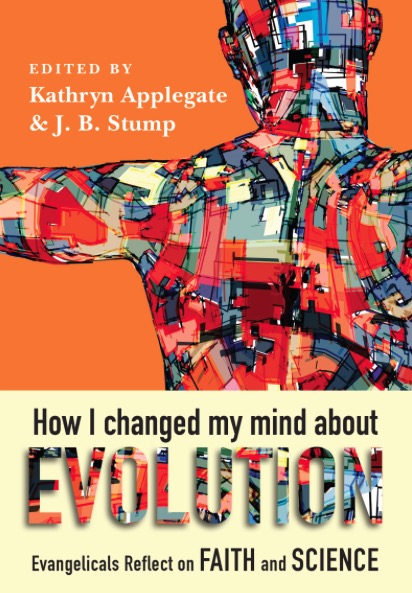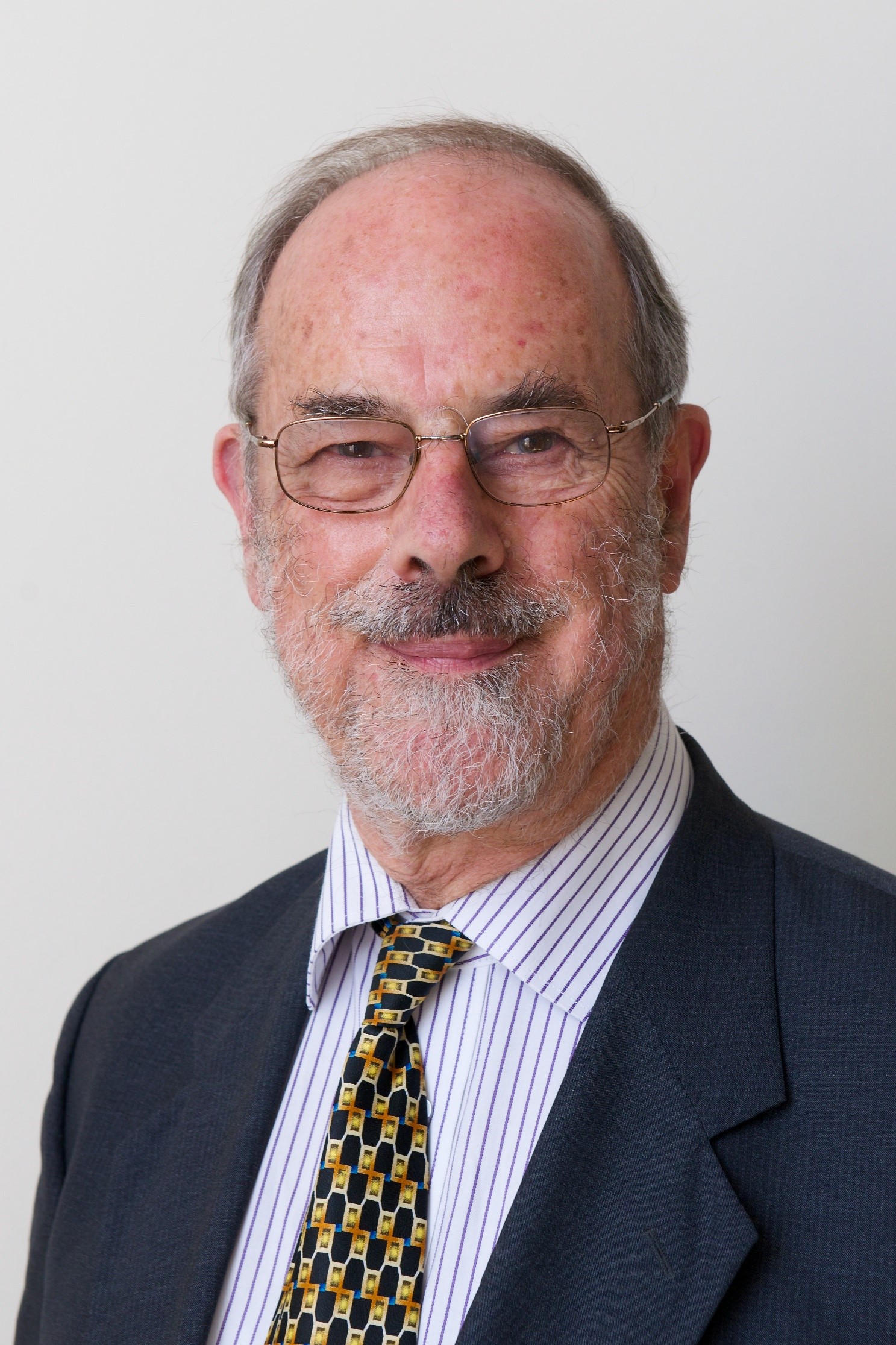
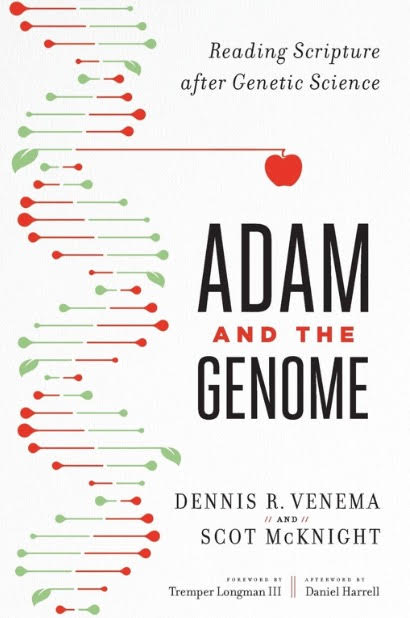

Download a pdf of the review here
For other reviews, visit the Journal reviews page here
Review of Adam and the Genome: Reading Scripture after Genetic Science by Dennis Venema and Scot McKnight
(Brazos Press, Baker Publishing Group. Grand Rapids Michigan: 2017)
Review by Kathlyn Ronaldson, May 2019
This book has been written out of concern for many who, once confronted with the evidence for evolution, find a faith based on the Bible to be no longer tenable. The authors also strive to convince those Christians attached to a literal interpretation of Genesis chapters 1 to 3 as an article of faith. The book has two authors, a biologist / geneticist and a biblical scholar, each of whom contributes separate sections.
Dennis Venema ably, with humour and respect presents genetic and other biological evidence for evolution including of humans, doing so with effective analogies and with answers to objections he has encountered from Christians.
Venema gives several lines of genetic evidence for the human population to have descended from ancestors with a total population not falling below around 10,000. This provides adequate genetic diversity for sustainability, the importance of which is illustrated by the plight of Tasmanian devils. He then presents the possibility of a mitochondrial Eve and Y-chromosomal Adam. During a genetic bottleneck caused by low population all females may have inherited mitochondria from a single woman and all males Y-chromosome from a single man. However, he does not take the next step to suggest that humans may indeed have inherited DNA from an historical Adam and Eve in this way. He knows that such inheritance requires an unbroken male or female line until all other sources have been removed from the population—an unlikely scenario. My own reading of the evidence indicates that black African homo sapiens would be excluded from this line.
Venema has an exceptional chapter on answering those favouring intelligent design, and he uses this context to introduce the view that vertebrate evolution has involved whole genome duplication, not once but twice.
For readers wanting the technical details, they are in italics below; other readers might skip past the italics.
Protagonists for intelligent design contend that it is impossible for irreducible complexity to develop naturally over time. Venema gives an example from fruit fly species, his area of research, where duplication of a gene which codes for a transporting protein has led to formation of a second (paralog) protein transporter which differs from the original protein by five amino acids. A member of the fruit fly species expressing the gene duplication but without a functional paralog gene dies.
Whole genome duplication would involve failure of the DNA segregation step at gamete formation. The resulting organism, from combination at fertilisation with a gamete with a single set of genes, would have three copies of each gene instead of two. Alternatively, the fusing of two double complement gametes would result in an organism with four copies of each gene. Lest this may seem too far-fetched, Venema asserts that this duplication has been documented in real time in fish and frogs.
Venema is restricted for examples to species with full genome sequencing to date. So he finds evidence of two whole genome duplication events in progressing from the invertebrate chordate sea squirt to the vertebrate puffer fish, with parallel evidence in the human genome. The puffer fish and humans had a common ancestor which carried the original duplications.
Venema concludes, using these and other examples that, contrary to the contentions of those who argue for intelligent design, there is indeed evidence that successful irreducibly complex biochemical systems have been built over time and that this has occurred in stepwise fashion.
He then deals with the origin of life and the difficulty of imagining how the connection between the genetic code and protein formation may have occurred spontaneously. He indicates that there is chemical affiliation between some DNA codons and the amino acids they code for, but he realises this is an insufficient explanation. Nevertheless, our lack of understanding is a parallel situation to that represented by the old argument that earth could not be moving in space, because we cannot feel it.
Venema ends his section of the book by arguing that evolution and design are not mutually exclusive. If God has created a self-assembling system, does that system not display superior intelligence and design to one that requires manual assembly? Furthermore, Scripture enjoins us to praise God for what we see and know of creation, not for what we don’t know or have no explanation for.
Scot McKnight introduces his section by outlining four principles for exploration of the creation narrative: respect (for the context of Genesis); honesty (about the Bible and science, without fear); sensitivity to the student of science (in particular Christians grappling with the challenge for faith of evidence for evolution); and primacy of Scripture (prima scriptura; including considering Scripture in its cultural and historical context).
The creation myths of the ancient Near East describe conflict between the gods, conquest by a superior god and creation of humans to do the work the gods found burdensome. In contrast Genesis presents one God who creates for his own good purpose, and sets humans on earth with great freedom and responsibility for all of creation. Perhaps the most contextually “breathtaking” (McKnight’s word) assertion of Genesis 1 is that each human, male and female, is made in God’s image. This dignity is not only afforded to the ruler, but also to all those supposedly inferior beings making up the mass of humanity. The designation of image bearer gives royal and priestly status under God to all humans, male and female.
Further, God has ordered creation as a temple, with Adam and Eve leading the worship. This is recent insight, championed by John Walton (Wheaton College), in particular. McKnight concludes this chapter by stating that Genesis presents Adam and Eve as literary and archetypal as well as genealogical humans.
Interestingly his next chapter, covers presentations of Adam (and Eve) in Jewish texts roughly contemporary with the first century, meaning they were views around at the time of the Apostle Paul. The texts include some from the Apocrypha, Philo of Alexandria and Josephus, and by McKnight’s interpretation there are none “giving Adam a ‘historical’ reading.” For those who may wonder at the relevance of these views to Paul, McKnight quotes a long passage from the Wisdom of Solomon which has many echoes in Romans 1, for example: failure to acknowledge God is foolishness; those in this category are “without excuse.”
He then proceeds to the critical verse in Paul (Rom 5:12): “Therefore, just as sin entered the world through one man, and death through sin, and in this way death spread to all people, because all sinned.”
First, McKnight argues against Augustine’s original sin, which came from an erroneous translation (“in whom all sinned” instead of “because all sinned”). Then he asserts the meaning to be that we individually sin, just as Adam sinned and hence accrue death and judgement. In the same way, we obtain righteousness through individual belief and obedience. He concludes that Paul’s Adam is not an “historical” figure but a literary and archetypal one.
Venema and McKnight have made a substantial and worthy contribution to assist Christians, especially those who are at risk of giving up their faith and those who feel obliged to argue against evolution because it is inconsistent with their interpretation of Scripture. Hopefully, the book will also assist in evangelism, as Christians can use the material it presents to argue that the theory of evolution is no barrier to faith.
This is a most important book, a multi-resource treasure, accessibly written, which could benefit all Christians.
Kathlyn Ronaldson is a Senior Research Fellow in the School of Public Health and Preventive Medicine, Monash University. She worships at St Matthew’s Anglican Church, Prahran, where she also volunteers in the Community Care Ministry.
